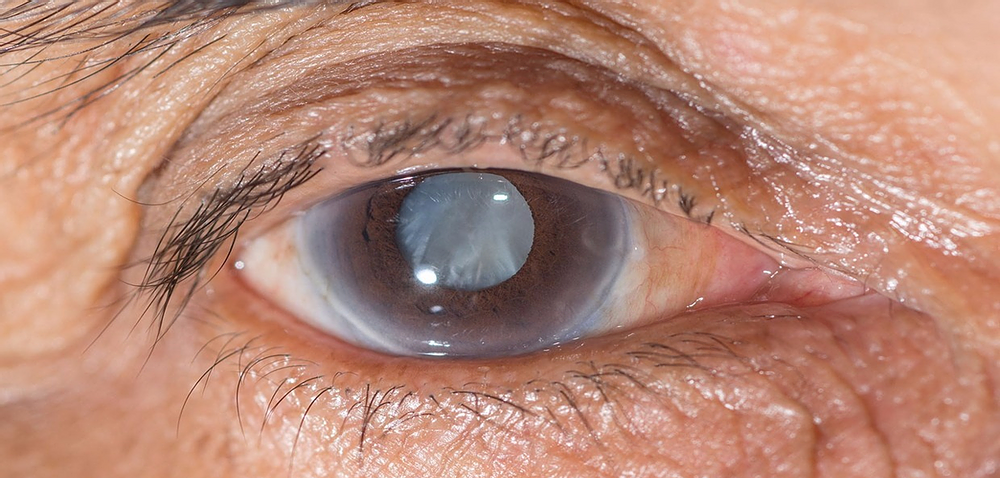Glaucoma

High eye pressure
The term high intraocular pressure refers to any pathological condition in which an increase in the internal pressure of the eye occurs, and the intraocular pressure in the normal state ranges between 10 and 21 mmHg, so when a reading of intraocular pressure is recorded for more than that, the patient has high intraocular pressure. It is in itself a benign condition and is not usually accompanied by any symptoms, but when diagnosing high intraocular pressure, the patient must see a specialist doctor because it may cause glaucoma, a disease that results in the destruction of the optic nerve that connects the eye and the brain, It arises from the accumulation of fluid in the eye and not draining it properly, which leads to a rise in pressure inside the eye, putting pressure on the optic nerve as well. High intraocular pressure is a common disease, but the patient usually does not feel it because of the early symptoms in many cases. This disease may affect anyone regardless of their age, but it is more common among the elderly in the seventh or eighth decade of life. There are many types of glaucoma. primary open angle glaucoma; It is the most common type, and it represents about 90% of cases, and it arises from the slow gradual accumulation of fluids over time, and therefore it occurs in the elderly. There is also primary closed angle glaucoma; It is a rare type that may develop quickly or slowly. Secondary glaucoma occurs as a result of another eye condition; like uveitis, for example. There is also a very rare type of glaucoma that occurs in young children due to a congenital malformation of the eye. Symptoms of glaucoma most patients with glaucoma do not experience any symptoms, except for the loss of side vision, which patients may neglect until reaching the late stages of the disease, and for this reason it is called an intrusive sight thief. The aforementioned occurs in the common type of glaucoma. As for closed-angle glaucoma, in which acute angle blockage occurs.

Symptoms of ocular hypertension:
·Severe eye pain.
·Vomiting and feeling nauseous.
·eye redness;
·Sudden blurred vision.
·Seeing colored rings around the light when looking at it.
·Suffering from myopia.
·The shape of the eye may be blurry or cloudy when looking at it and this is noted in young people.
·Acute glaucoma may also be accompanied by severe headache.
People at risk of developing glaucoma:
·People who already suffer from high intraocular pressure.
·Patients are over 60 years old.
·If there is a family history of glaucoma.
·If one is of black or Latino race.
·If he/she suffers from eye conditions such as myopia, for example.
·If he/she suffers from certain diseases; Such as diabetes, cardiac disease, hypertension, or sickle cell anaemia.
·When exposed to a wound or blow to the eye, or after an eye surgical operation.
·When using corticosteroid medicines, especially if they are in the form of drops, for a long time.
·If there is an early decrease in the level of estrogen in the blood, such as that which occurs as a result of the operation to remove the ovaries before the age of 43.
Tips to help prevent:
Since glaucoma may cause vision loss before realizing it, doctors usually recommend a periodic eye examination if the patient is at risk of developing glaucoma, in order to prevent its complications.





